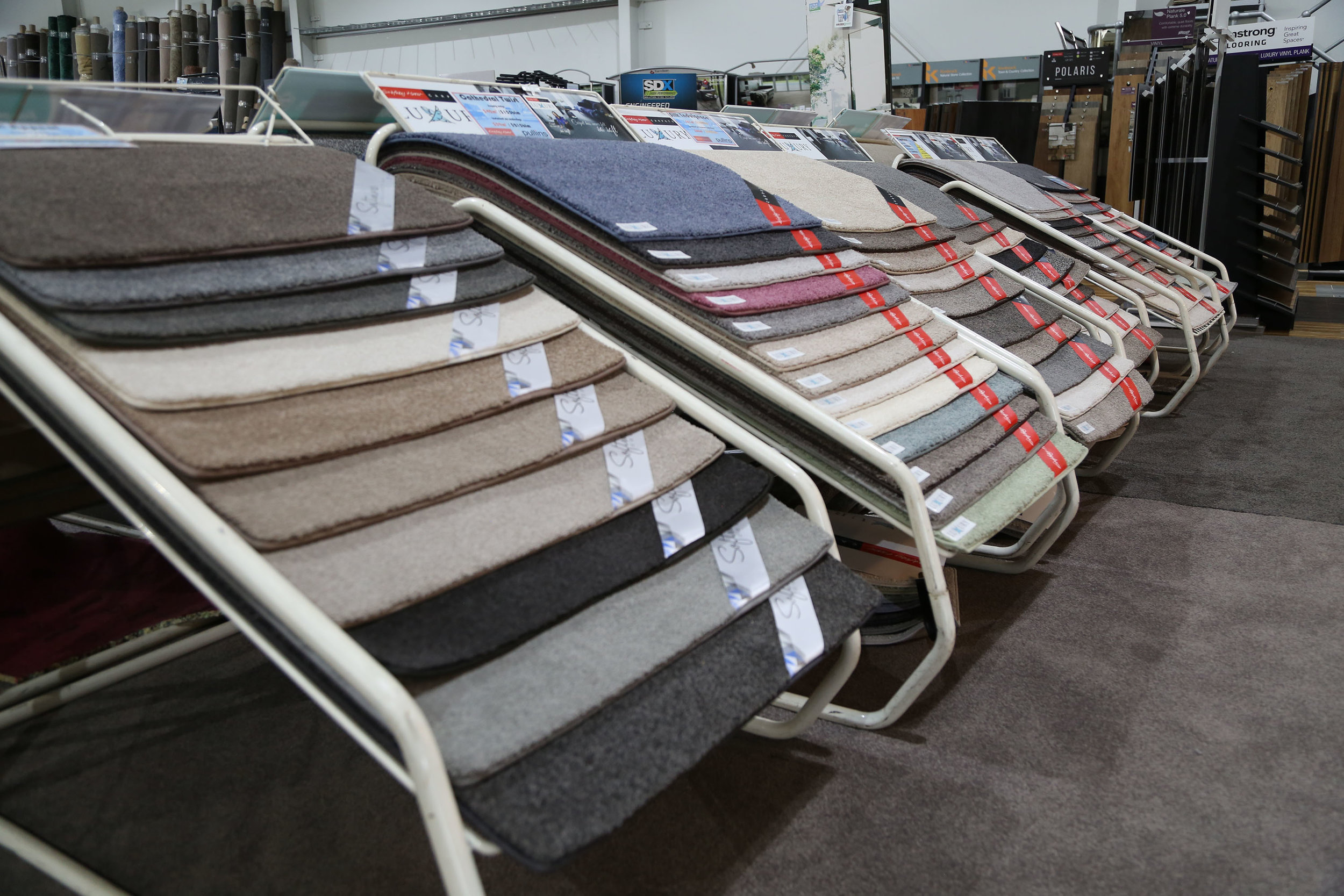Carpet Types
The fibres and technology used in the carpet manufacturing process has evolved extensively over the years.
The main varieties produced and available at Pullins Flooring Warehouse include wool, nylon, solution dyed nylon, polypropylene and polyester carpets.
Wool carpet
For years wool has been the preferred natural fibre of many manufactures. Wools are hard wearing with the ability to resist tracking or flattening effects, which has for years placed it at the forefront of carpet manufacturing. New Zealand wools are used by most Australian manufacturers due to its courser grade which provides a more durable fibre for your carpet.
Polypropylene carpet
Polypropylene fibre carpets are produced using the same process as Solution dyed nylon carpets, again providing excellent durability and cleaning properties. However over time polypropylene carpets tend to wear faster than its wool and nylon counterparts. Regardless of this polypropylene carpets provide excellent value for your dollar.
Nylon carpet
Nylon is one of the most frequently utilised fibres used by today's carpeting industry and may be seen in both the commercial and domestic setting. When first produced the nylon fibre is naturally white, with a continuous dying process later used to add colour. Further processing builds stain resistance into the fibres that provides superior cleaning properties. Tracking in the carpet pile is limited by nylons excellent fibre properties.
Polyester carpet
Polyester carpets are one of the most affordable products. The polyester fibre has excellent wearing and cleaning abilities. The product is sometimes manufactured using recycled materials making it an environmentally friendly alternative.
Solution dyed nylon carpet
A different colour dying process to that of traditional white nylon fibres is used to produce Solution Dyed Nylon carpet. Unlike the traditional nylons that are coloured after the production of the naturally white fibres, Solution dyed nylons are coloured at the time of production. This allows the fibre to be coloured continuously throughout, giving superior colour fastness and cleaning qualities (use of stronger cleaning solutions without loss of colour).











